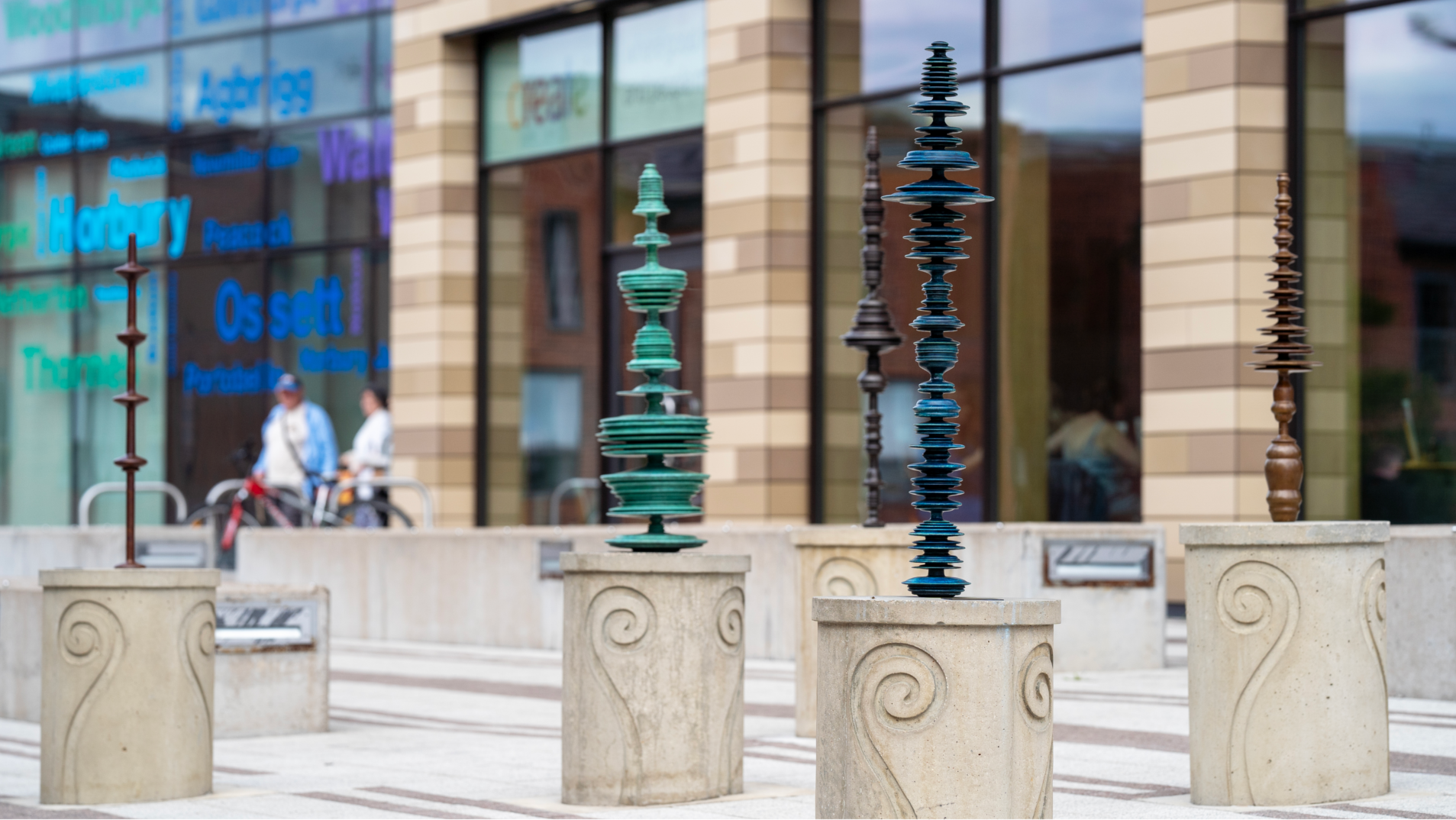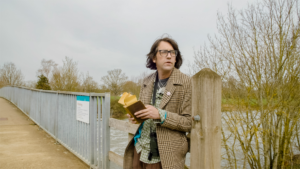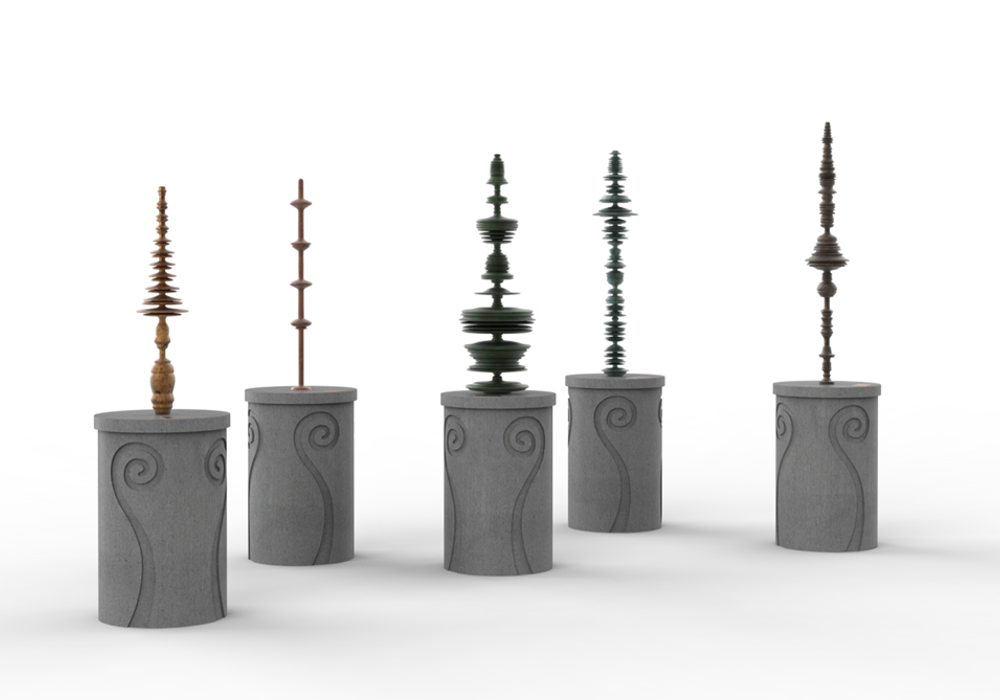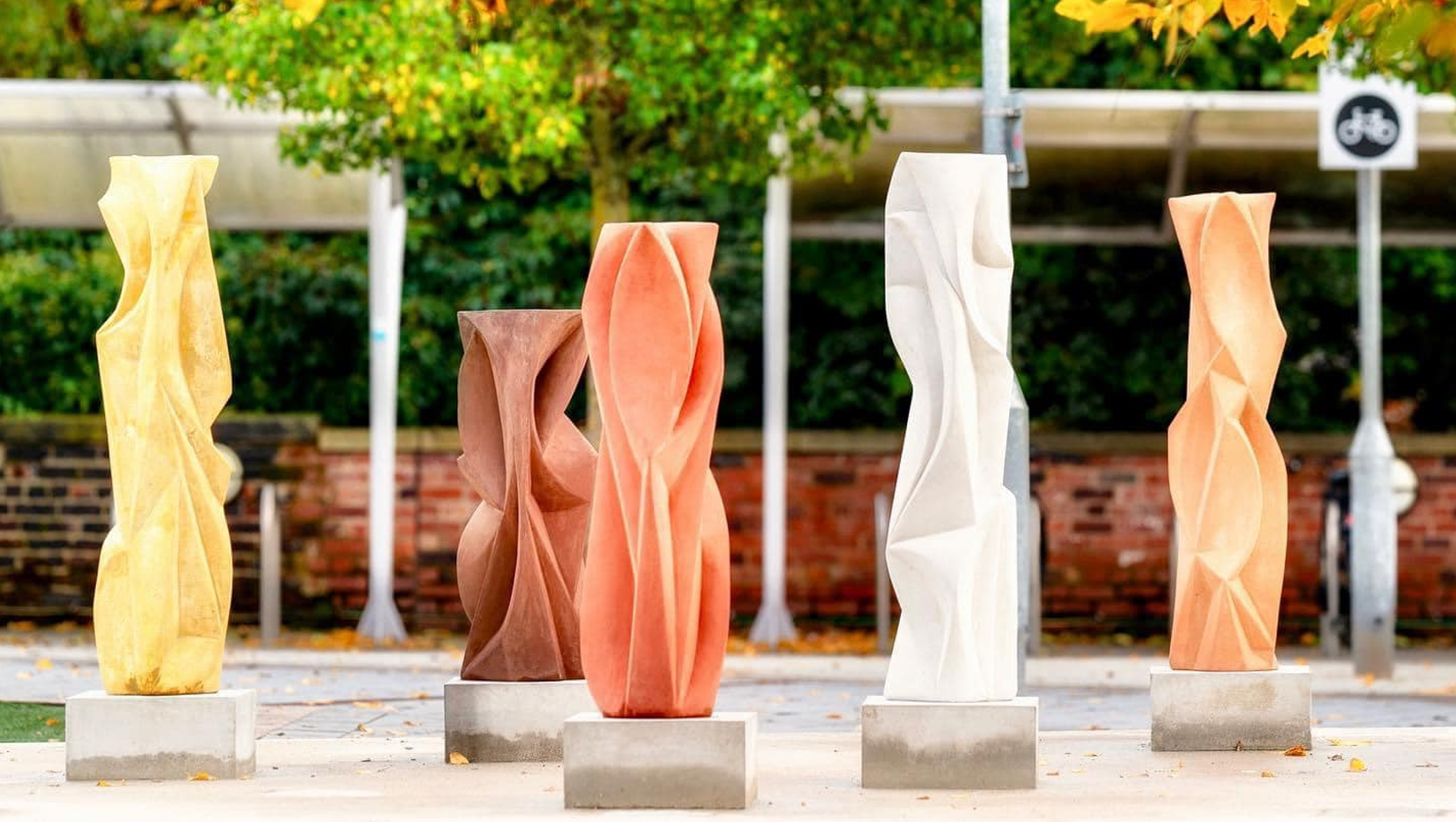Waterton was also captivated by the mystery and beauty of birdsong, and in his typically sparkling prose that is found throughout his notebooks, wrote:
‘“I sometimes peevishly ask myself, Why should nature have made a provision in the male blackbird, in order that he may soothe his incubating female, and have denied that provision to my favourite, the carrion crow? And then I answer my own question, by whispering to myself, that the she carrion may possibly experience wonderful delight in listening to the hoarse croaking of her partner; just as the old Scotchwoman did, when she used to gaze at the carbuncle on her husband’s nose… We listen with delight to the many species of male birds which make the groves resound with their melody…”
As Waterton was writing in the 1840’s we now know the answers to many questions raised by his observations, and understand birdsong to serve a function in relation to determining a birds territory and that the male bird sings mainly in spring to attract a female. His notebooks also record the positive effect bird song had on him; “When I hear the first note of the chaffinch, I know that winter’s on the eve of his departure, and that sunshine and fine weather are not far off…”
It is often the case that bird song is heard and enjoyed all together as a chorus, but these sculptures let us see how distinct the songs of different species can be. The five birds selected form a quintet: the Bittern as the bass, the Yellowhammer singing a repeated motif, the Mistle Thrush improvising on a jazzy theme, the Swift adding an aggressive tone and the Skylark providing a long complex ever varying melody that soars above the others.
Bird song has a longstanding influence on British culture, and countless references are found throughout poetry and music. Ralph Vaughan Williams’s, ‘Lark Ascending’ and Benjamin Britain’s ‘Cuckoo’ from his ‘Songs for a Friday Afternoon’ pay homage to the sounds of the birds that inspired their compositions. Notable examples in poetry include ‘Ode to a Nightingale’ by John Keats and ‘To a Skylark’ by Percy Bysshe Shelly:
Teach us, Sprite or Bird,
What sweet thoughts are thine:
I have never heard
Praise of love or wine
That panted forth a flood of rapture so divine.





